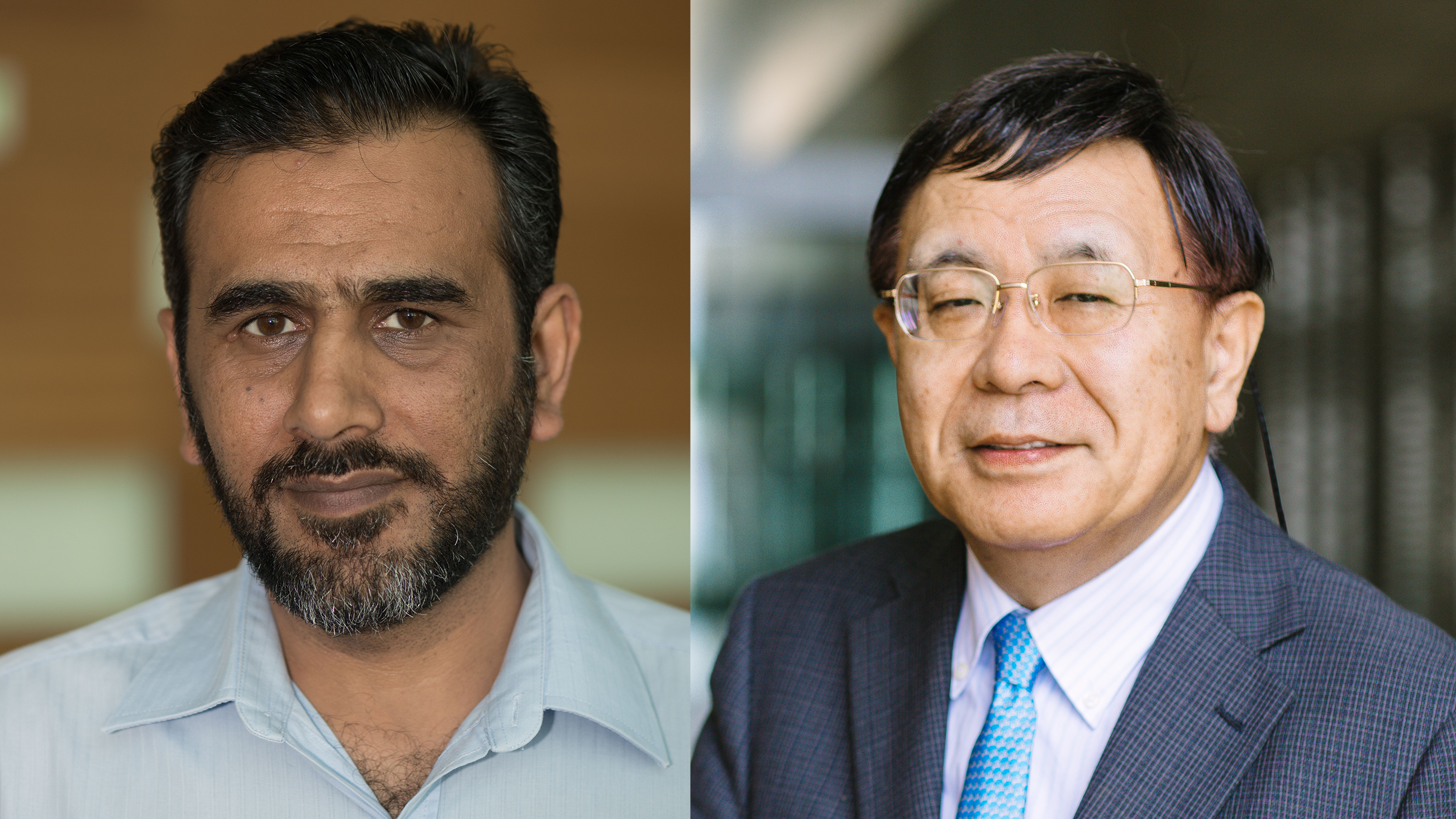Hacking the SARS-CoV-2 genome

KAUST researchers work to understand the SARS-CoV-2 genome to identify opportunities for treatment and vaccine development.
-By KAUST News
A novel strain of coronavirus was first detected in December 2019 in Wuhan, a city in China's Hubei province with a population of 11 million, after an outbreak of pneumonia without an obvious cause.
The virus has now spread to over 150 countries across the globe and was characterized as a pandemic by the World Health Organization (WHO) on March 11, 2020.
Researchers across disciplines are coming together at KAUST to tackle this pressing global challenge by working to understand the coronavirus (SARS-CoV-2) to help protect our communities.
Sciencetown interview with Intikhab Alam
We spoke with Intikhab Alam for episode 10 of Sciencetown - Understanding the pandemic.
Available data and research on the virus is preliminary, and researchers are rapidly learning more about this new and evolving problem. At a two-day meeting in February, the WHO agreed an R&D Blueprint Strategy to serve as a framework to coordinate and accelerate global research efforts. The strategy identifies nine priorities for the medium- and long-term, which could contribute to the control of the outbreak.
Understanding the SARS-CoV-2 genome
KAUST researchers focus on discovering the genetic structure and topography of the SARS-CoV-2 virus, which could pave the way to successful drug and vaccine trials.
"In the KAUST Computational Bioscience Research Center (CBRC), we have expertise in analyzing genomic data in a synergetic and collaborative way," stated Distinguished Professor Takashi Gojobri, acting director of the CBRC. "We have the resources (computer clusters, specialized analytic and visualization software) and the expertise that is being applied to this global challenge."
Vaccines are essential to helping stop the spread of viruses through the development of "herd immunity," but a vaccine can take months to years in development and testing before it becomes available. With this in mind, KAUST scientists are focusing their efforts on finding key genes that could be used for both detection and treatment of COVID-19 where people are already infected.
"I have been leading the development of the KAUST metagenome analysis platform (KMAP)," said Dr. Intikhab Alam, senior bioinformatician in the CBRC. "It is a platform for analysis of massive sequence data. KMAP can deal with data from all types of organisms, from viruses to bacteria [to] animals and plants, [that is] collected from moderate and extreme aquatic and terrestrial environments."
Starting with a sequence
The emergence of SARS-CoV-2 in January, with its genome sequenced and made available in December 2019, provided an opportunity for Alam to use KMAP in conjunction with the computational resources and other systems developed by the CBRC to begin investigating the genetic structure of the virus in detail.
"We are using the University's supercomputer [and] specially designed software to not only compare and analyze coronaviruses but also to scan billions of environmental samples for traces of SARS-CoV-2," Alam said.
"This information will enable us to develop a concept and system to identify available drugs that are already approved for human use that can be repurposed to attack a new disease—in this case, COVID-19. The development and approval of new drugs is likely to take time, so if we can reuse existing drugs, we can begin benefiting COVID-19 patients immediately and even hope to save lives."
Gojobori, Alam and the research team are hopeful these efforts will identify key genes that could be used for detection of the virus and to then propose readily available drugs that can help COVID-19 patients while a vaccine is developed and approved.
Their work is already available as an open research tool, providing access to all Betacoronavirus gene clusters, alignments and related data for scientists around the world at https://pangenomedb.cbrc.kaust.edu.sa/.
KAUST has partnerships with King Abdullah International Medical Research Center and King Fahd Medical Research Center in Jeddah, in addition those with King Fahd Medical City and King Faisal Specialist Hospital & Research Center in Riyadh. The partnerships could enable KAUST researchers to rapidly test new therapies as they become available.

